Best Rated Solar Yard Lights for Your Outdoor Space
Solar yard lights are a sustainable and cost-effective way to illuminate pathways, gardens, and patios, but finding the best rated solar yard lights requires understanding what makes them stand out. From brightness to durability, this guide covers the core evaluation criteria, selection principles, practical validation methods, and maintenance tips to ensure your yard lights deliver exceptional performance year-round.
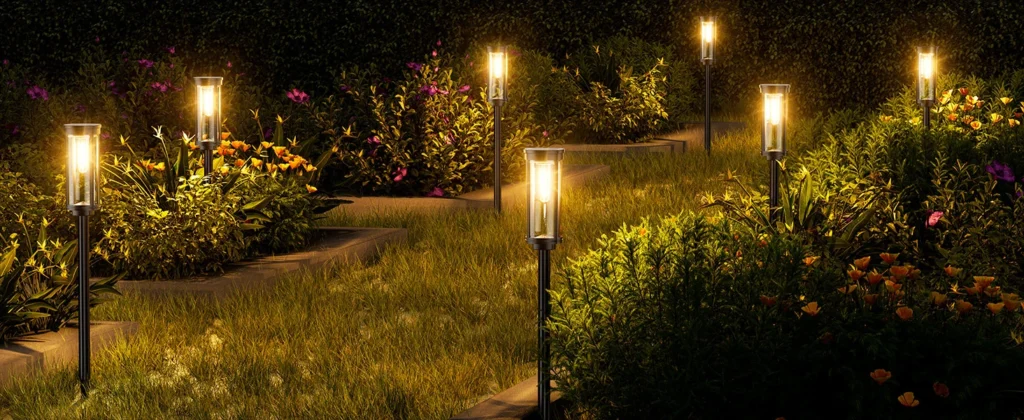
Core Evaluation Criteria for Best Rated Solar Yard Lights
When assessing the best rated solar yard lights, three key dimensions—light coverage, battery stability, and environmental durability—define their quality and suitability for outdoor use.
Light Coverage Efficiency Metrics
The effectiveness of a solar yard light hinges on its ability to provide adequate illumination. Light coverage is measured in lumens, with top-rated models typically offering 50-200 lumens for decorative purposes and 200-800 lumens for functional lighting, like pathway or security illumination. For example, a 100-lumen light can cover a 10-foot radius, ideal for a small garden in a place like Colorado Springs.
Coverage also depends on the light’s beam angle and lens design. Wide-angle lenses (120° or more) are better for open areas, while focused beams suit narrow pathways. The best rated solar yard lights balance lumen output with efficient light distribution, ensuring no dark spots in your yard.
Battery Stability and Runtime Standards
Battery performance determines how long a light stays on after sunset. The best rated solar yard lights use high-capacity lithium-ion or lithium iron phosphate (LiFePO4) batteries, offering 8-12 hours of runtime after a full charge. For instance, a 2000mAh battery can power a 100-lumen light for an entire night, even in cloudy regions like Seattle.
Runtime stability is critical, especially in areas with variable weather. Top-rated models maintain consistent output over multiple nights, with minimal performance drop after consecutive overcast days. Look for lights with batteries rated for at least 500 charge cycles to ensure long-term reliability.
Environmental Durability Parameters
Outdoor lights face rain, snow, and temperature extremes, so durability is non-negotiable. The best rated solar yard lights carry an IP65 or higher ingress protection rating, ensuring resistance to dust and water, including heavy rain or melting snow. Materials like stainless steel or UV-resistant polycarbonate enhance longevity, especially in harsh climates like Minnesota winters or Arizona summers.
Temperature tolerance is another key factor. High-quality lights operate effectively between -20°F and 120°F, preventing battery damage or electronic failure. Anti-corrosion coatings and sealed battery compartments further boost durability, making these lights reliable in coastal areas like Charleston.
Selection Principles for Choosing the Right Solar Yard Lights
Choosing the best rated solar yard lights involves matching their features to your yard’s size, intended function, and installation environment.
Matching Yard Size with Light Intensity
Yard size dictates the number and intensity of lights needed. For small yards (under 1,000 square feet), 50-100 lumen lights spaced 6-8 feet apart provide ample coverage. Larger yards, like those in suburban Atlanta, may require 200-400 lumen lights for pathways or 800-lumen floodlights for broader areas. Calculate coverage by mapping your yard’s layout and ensuring lights overlap slightly to eliminate dark zones.
Consider adjustable brightness settings for flexibility. Many top-rated models offer multiple modes, allowing you to switch between low-output decorative lighting and high-output functional illumination based on your needs.
Prioritizing Functionality: Lighting, Decoration, or Security
The best rated solar yard lights serve specific purposes: ambient lighting, decorative accents, or security. For ambient lighting, choose warm-white LEDs (2700K-3000K) to create a cozy atmosphere in a garden. Decorative lights, like stake-mounted lanterns, enhance aesthetics in places like a Portland patio. Security lights, often motion-activated and 400+ lumens, are ideal for driveways or entryways, ensuring safety in areas like Buffalo.
Define your priority before purchasing. If security is key, prioritize motion sensors with a 20-30 foot detection range. For decoration, focus on design elements like frosted lenses or unique shapes.
Installation Scenario and Compatibility Ratings
Installation context affects performance. Stake lights work well in soft soil, common in Midwest yards, while wall-mounted lights suit hard surfaces like a Denver patio. The best rated solar yard lights offer versatile mounting options and adjustable solar panels to optimize sunlight capture, especially in low-sun areas like upstate New York.
Check for ease of installation—tool-free setups are ideal for DIYers. Also, ensure the light’s height and angle suit the terrain. For sloped yards, adjustable-height stakes or tilting panels maximize functionality.
Practical Validation Methods Beyond Ratings
Ratings provide a starting point, but real-world testing ensures the best rated solar yard lights meet your needs. These methods verify performance in practical scenarios.
Real-World Usage Feedback
User reviews and field tests offer valuable insights. Check feedback from owners in similar climates, such as snowy Michigan or rainy Oregon, to confirm reliability. For example, a highly rated light may claim 12-hour runtime, but reviews might reveal it dims after 8 hours in cloudy conditions. Look for consistent praise for brightness, durability, and ease of use across multiple seasons.
Local gardening or homeowner forums, like those in Raleigh or Boise, often share detailed experiences with specific models. Cross-reference these with manufacturer claims to ensure accuracy.
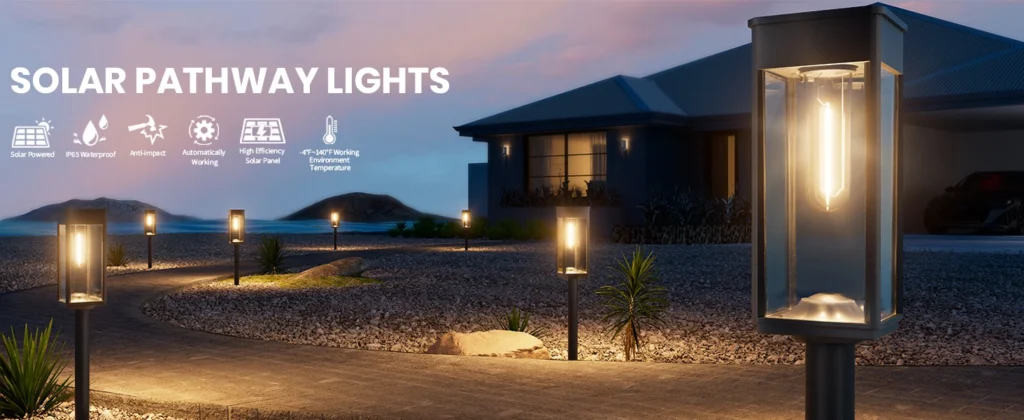
Long-Term Battery Degradation Assessment
Battery life degrades over time, affecting performance. The best rated solar yard lights maintain at least 80% capacity after 500-1,000 charge cycles. To verify, check manufacturer data or third-party tests for degradation rates. For instance, a light used nightly in a Phoenix yard should retain strong performance after two years.
Test longevity by monitoring runtime after a year of use. If a light’s brightness or duration drops significantly, it may not meet top-rated standards. Opt for models with replaceable batteries to extend lifespan.
Extreme Weather Performance Testing
Extreme weather—snow, rain, or heat—can expose weaknesses. The best rated solar yard lights withstand these conditions without failing. Test durability by observing performance during a heavy snow in a place like Syracuse or a heatwave in Austin. Check for water ingress after rain or battery performance after freezing nights.
Some manufacturers provide weather-testing data, such as operation after 24 hours at -10°F. Prioritize lights with proven resilience in conditions matching your local climate.
Maintaining Performance of High-Rated Solar Yard Lights
To keep the best rated solar yard lights performing optimally, regular maintenance and optimization are essential. These practices ensure long-term efficiency.
Solar Panel Efficiency Calibration Cycle
Solar panels lose efficiency if dirty or misaligned. Clean panels every 2-3 months with a damp cloth and mild soap to remove dust, pollen, or snow, especially in areas like Tucson with frequent dust storms. Avoid abrasive materials to prevent scratches that reduce light absorption.
Recalibrate panel angles seasonally. In winter, tilt panels toward the low sun angle (e.g., 30° in northern regions like Fargo). In summer, adjust for higher angles. This maximizes energy capture, ensuring consistent performance.
Core Component Maintenance Focus
Battery and electrical components require periodic checks. Inspect battery compartments for corrosion or moisture, especially after heavy rain in coastal areas like Savannah. Sealed compartments reduce maintenance needs, but verify gaskets remain intact. Replace batteries every 2-3 years if performance declines.
Check wiring and LED bulbs for wear. Loose connections or dimming LEDs, common after prolonged use in windy areas like Oklahoma City, can reduce effectiveness. Tighten connections and replace faulty bulbs promptly.
Functionality Optimization Suggestions
Optimize settings to match usage. For motion-sensor lights, adjust sensitivity to avoid false triggers from wind or animals, common in rural yards like those in Iowa. Set timers to conserve energy during low-use periods, such as early morning hours.
For decorative lights, experiment with placement to enhance aesthetics—grouping lights in clusters can create a striking effect in a garden. For security lights, ensure sensors cover key areas like entry points. Regularly test and adjust settings to maintain peak performance.
Conclusion
The best rated solar yard lights combine efficient illumination, reliable battery life, and robust durability to enhance outdoor spaces. By understanding evaluation criteria, matching lights to your yard’s needs, verifying performance through real-world tests, and maintaining components, you can ensure lasting brilliance. Whether lighting a pathway in Cleveland or accenting a garden in Santa Fe, these lights offer eco-friendly beauty and functionality.


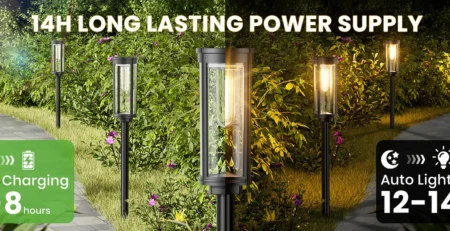
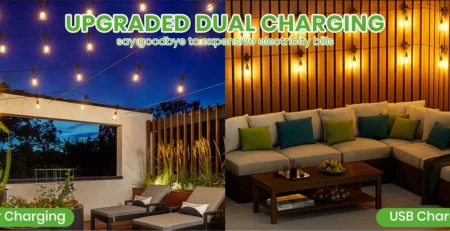
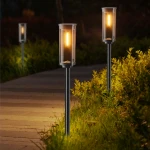

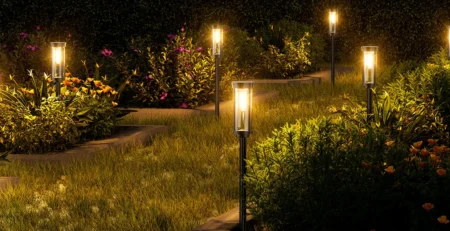

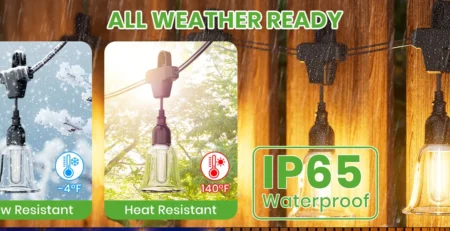
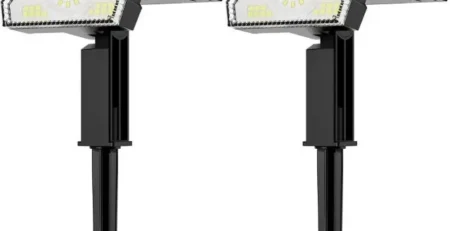
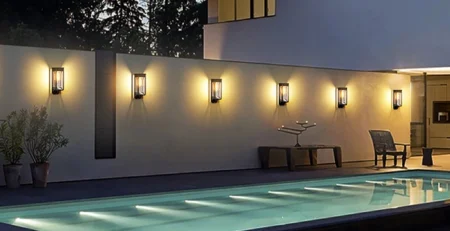
Leave a Reply